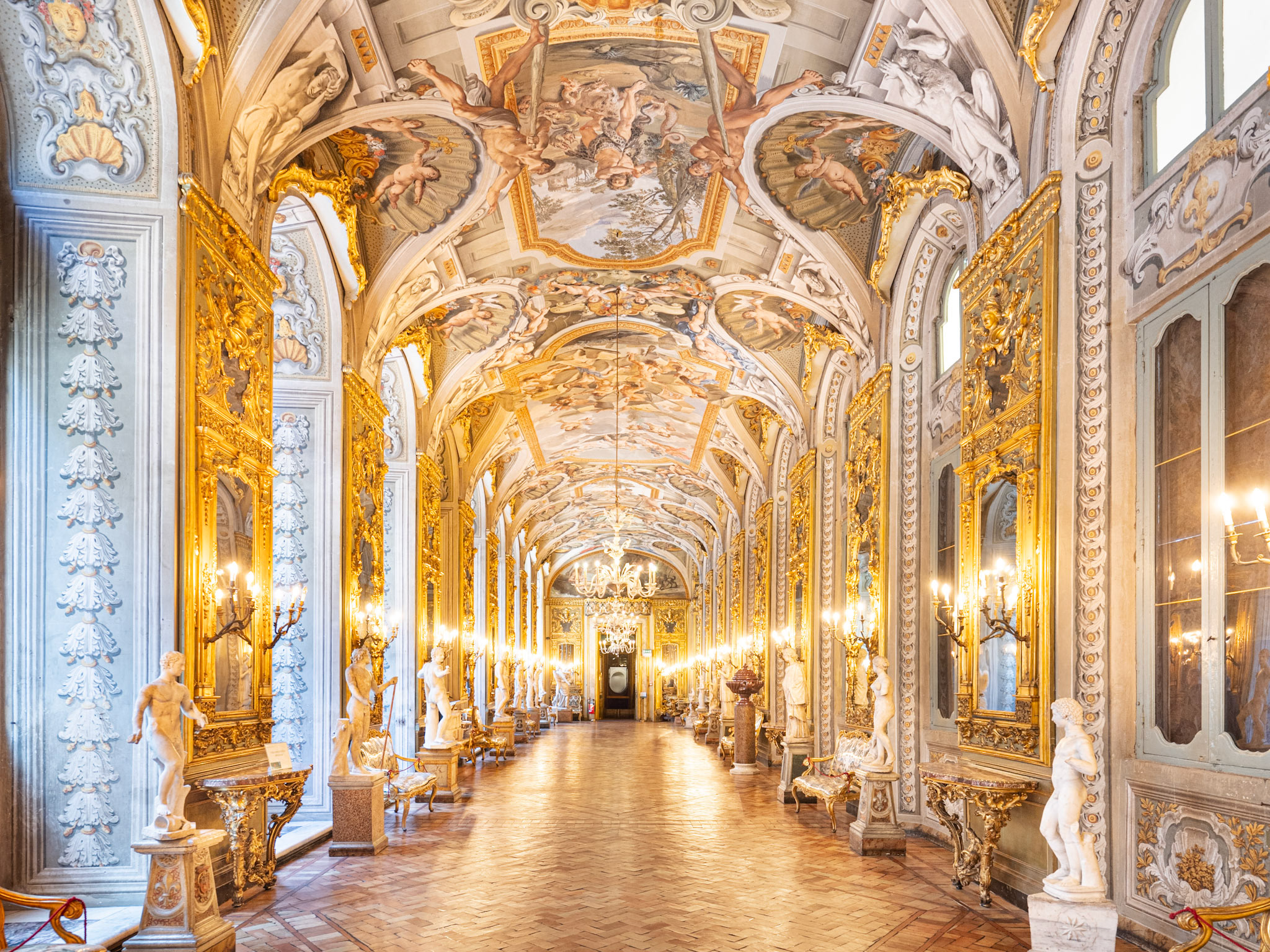
Galleria Doria Pamphilj
Rome
15th century, 18th century
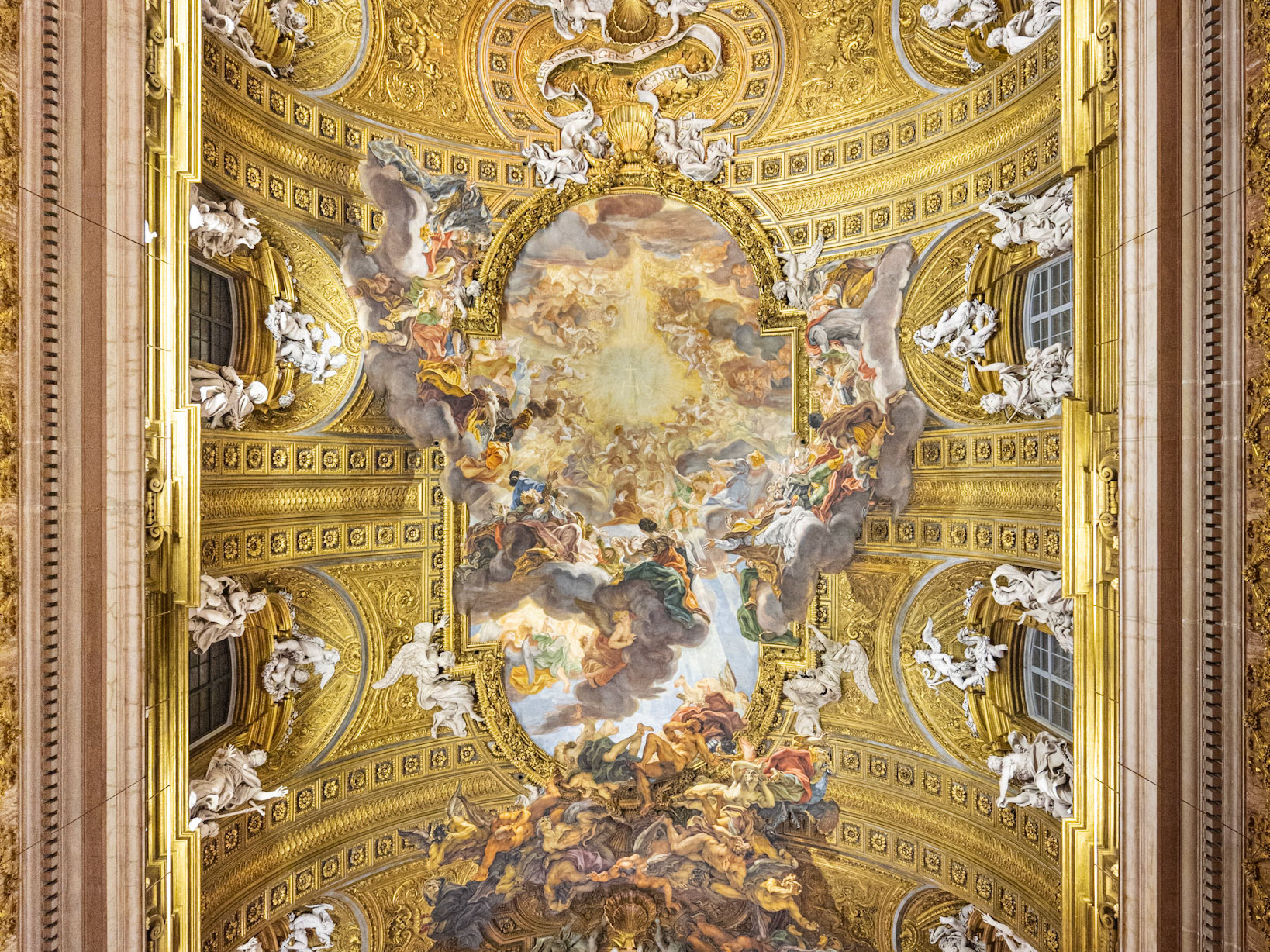
Chiesa del Gesù
Rome
1568 - 1575
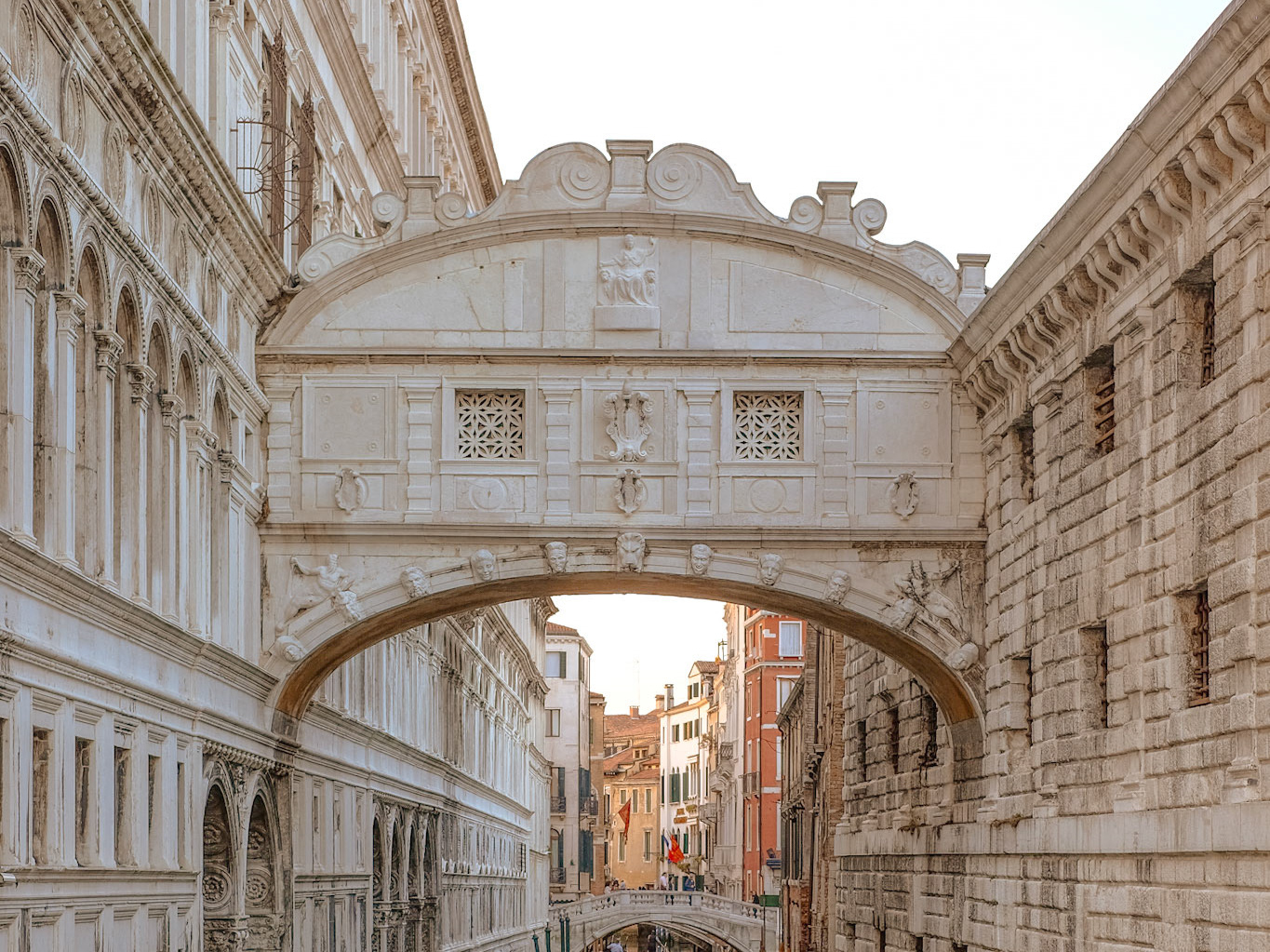
Bridge of Sighs
Venice
1600
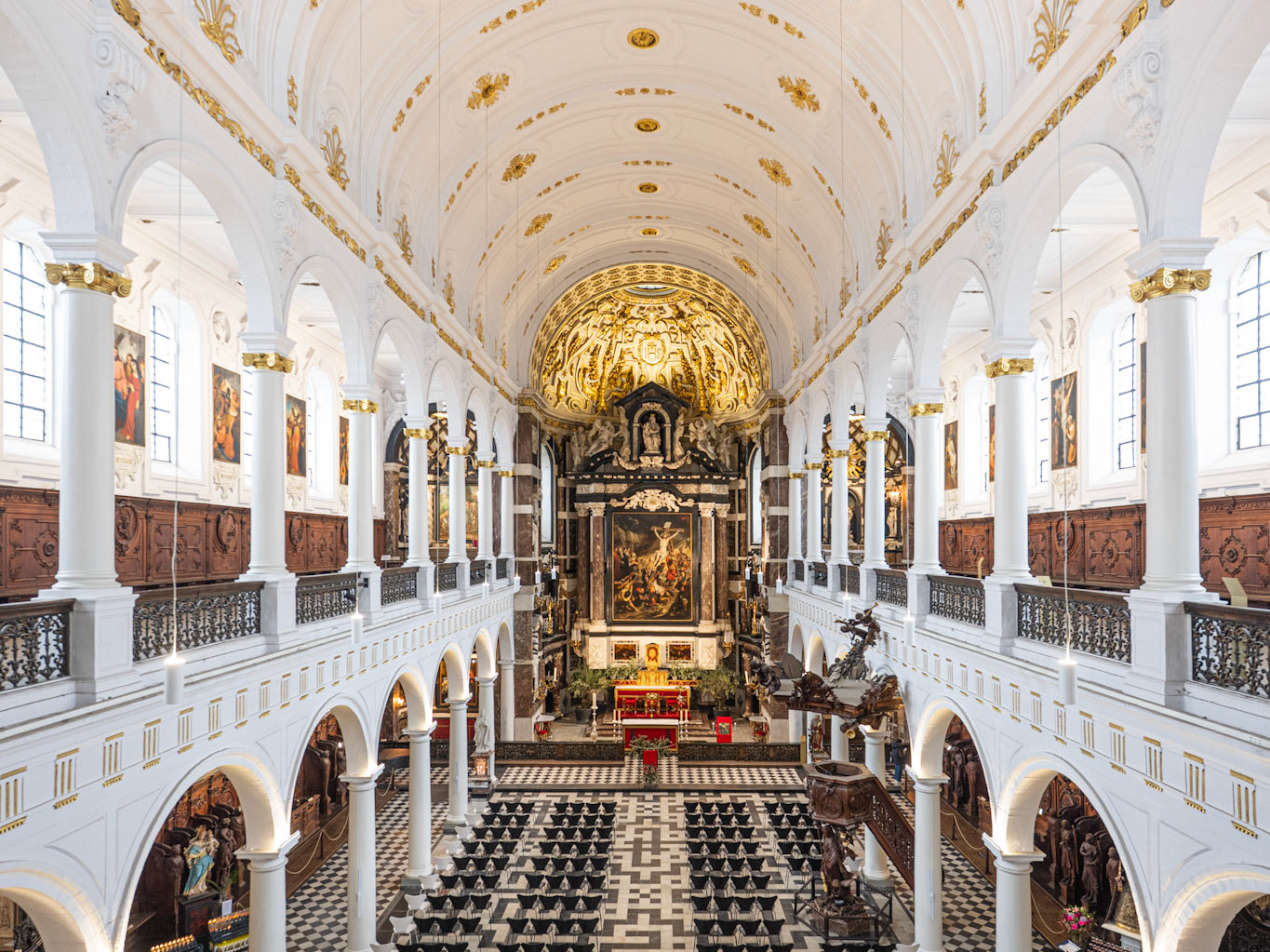
Sint-Carolus Borromeuskerk
Antwerp
1615 - 1621
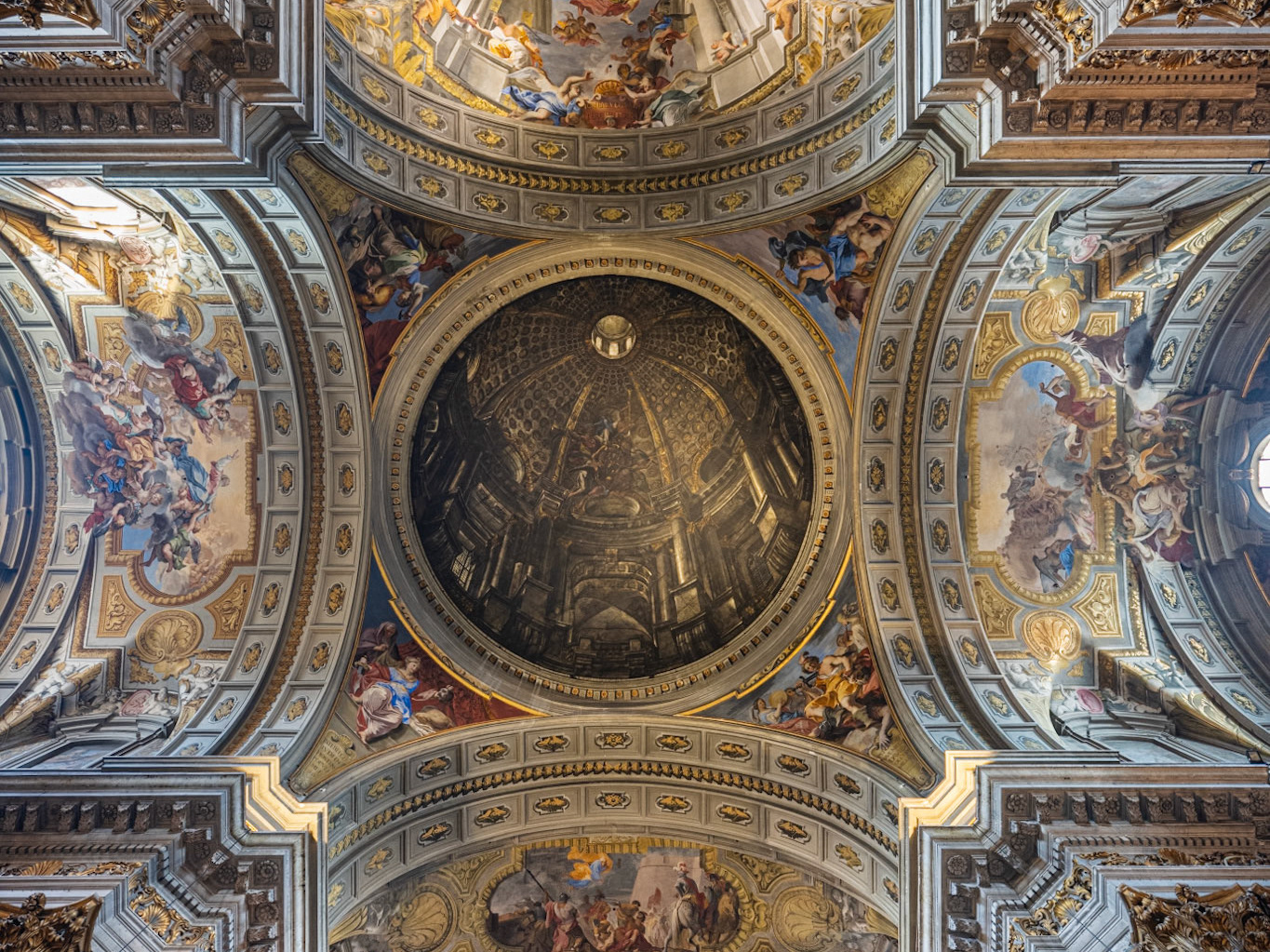
Chiesa di Sant'Ignazio di Loyola
Rome
1626 - 1650
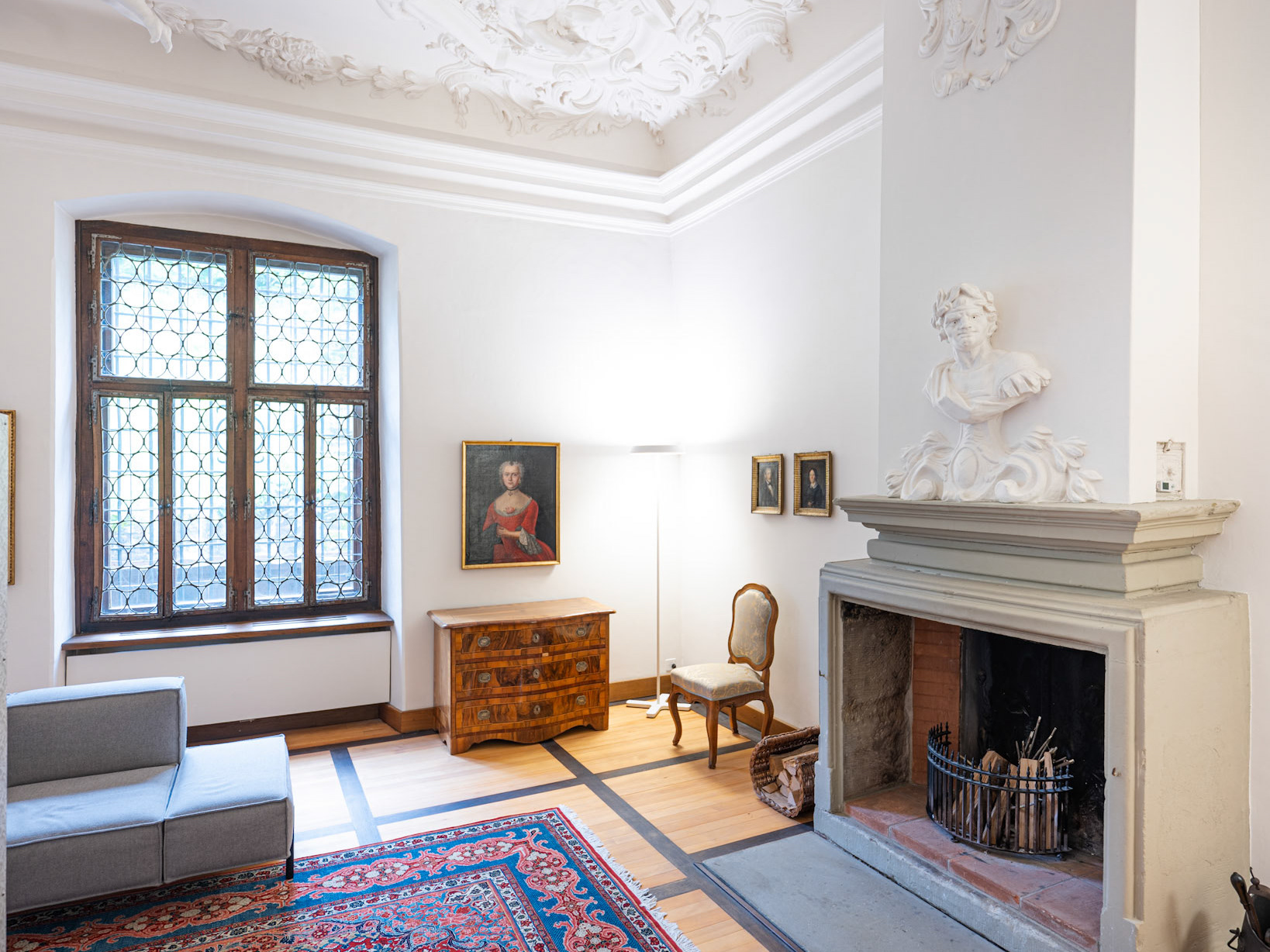
Museum Burghalde
Lenzburg
1628
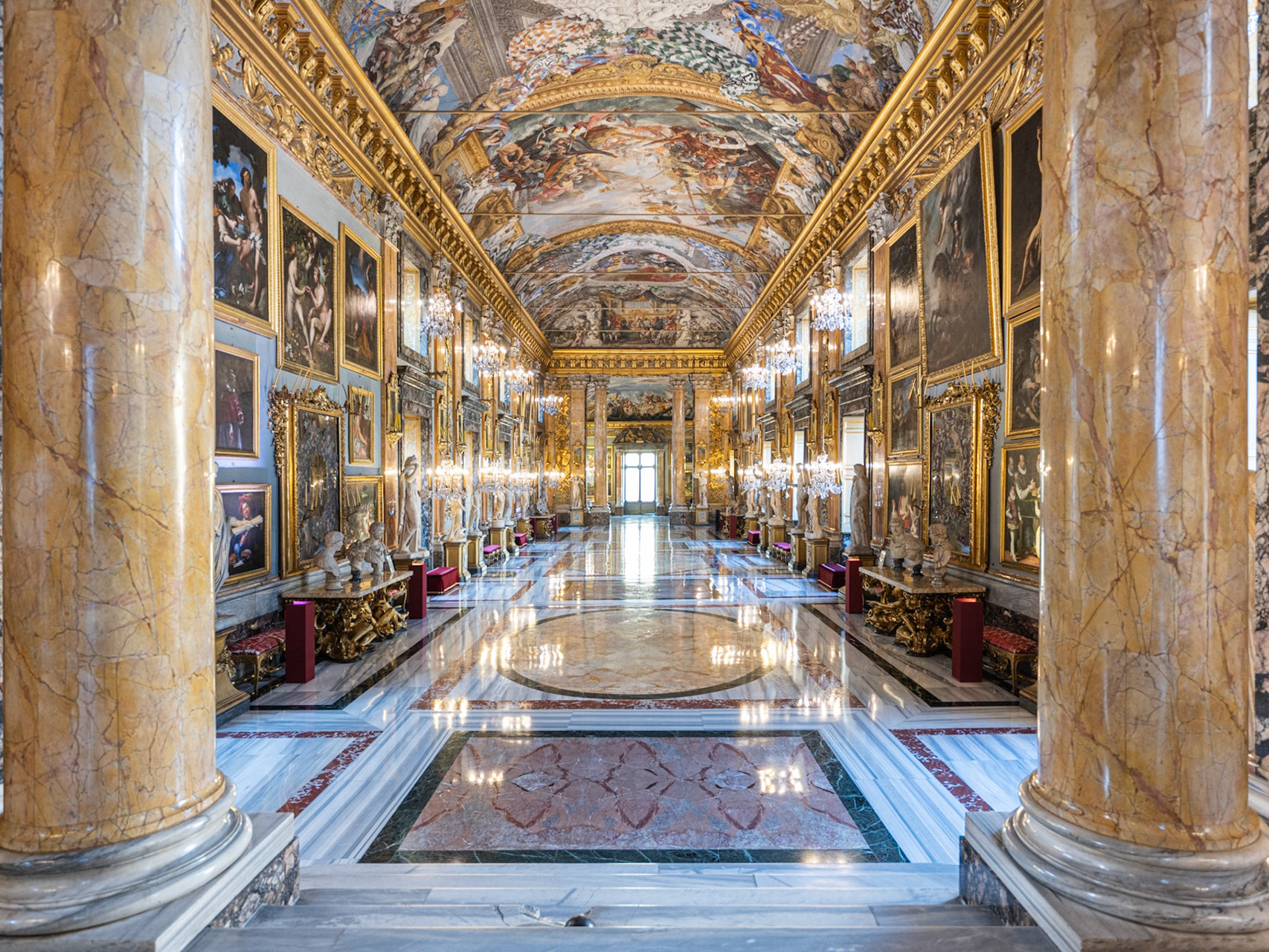
Galleria Colonna
Rome
mid 17th century
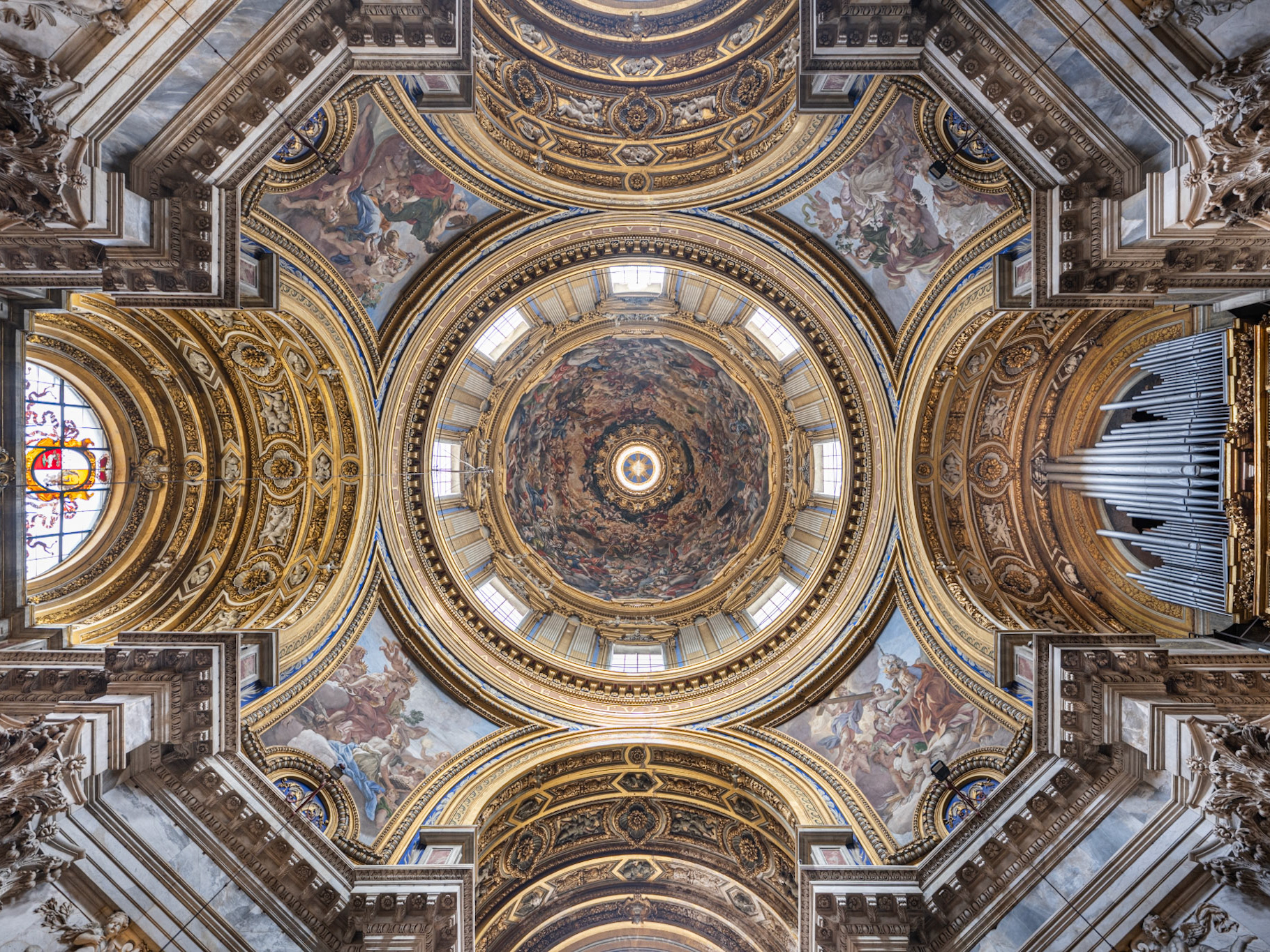
Sant'Agnese in Agone
Rome
1652 - 1672
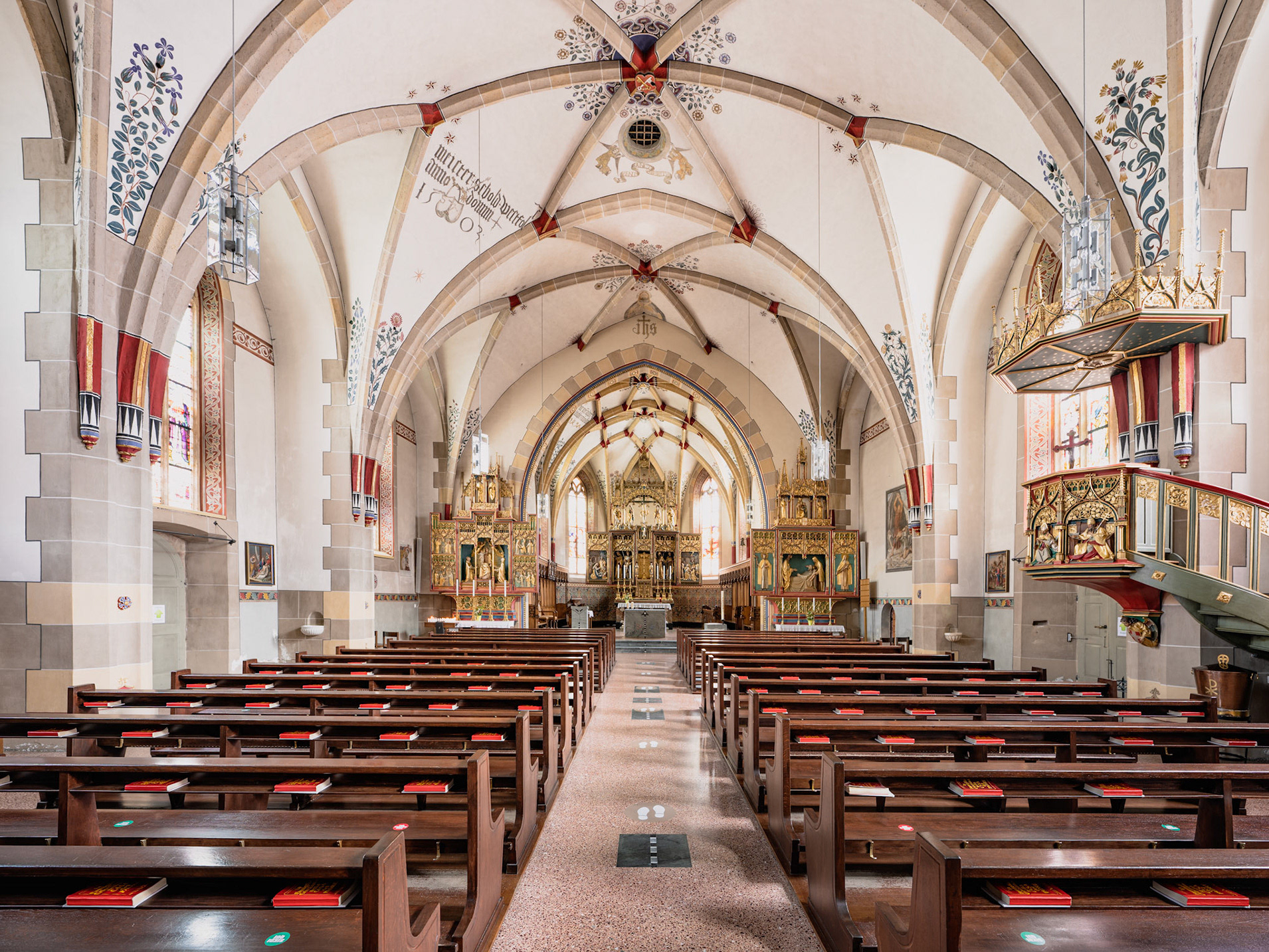
San Vittore, Poschiavo
Poschiavo
1653
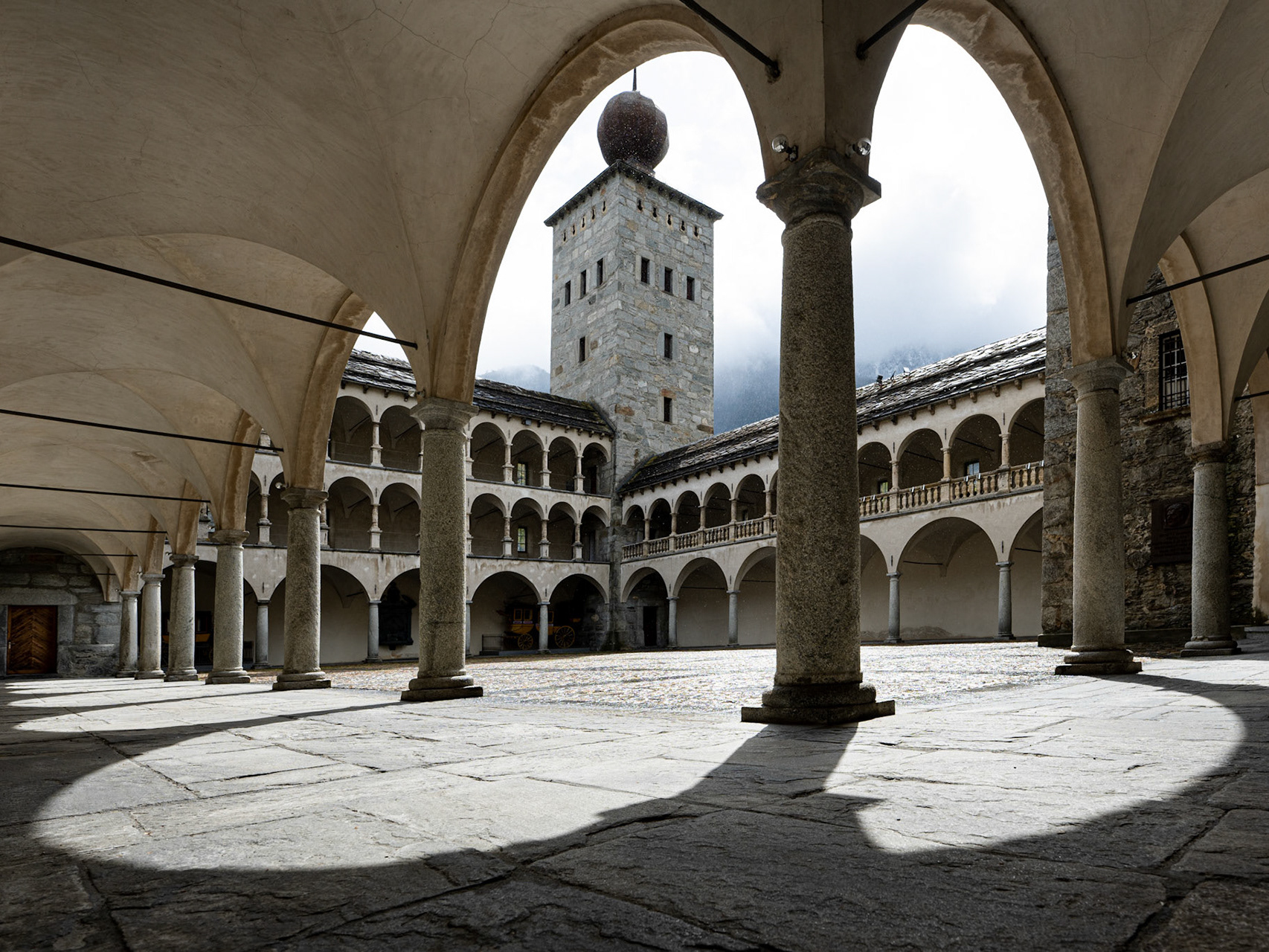
Stockalperschloss
Brig
1658 - 1678
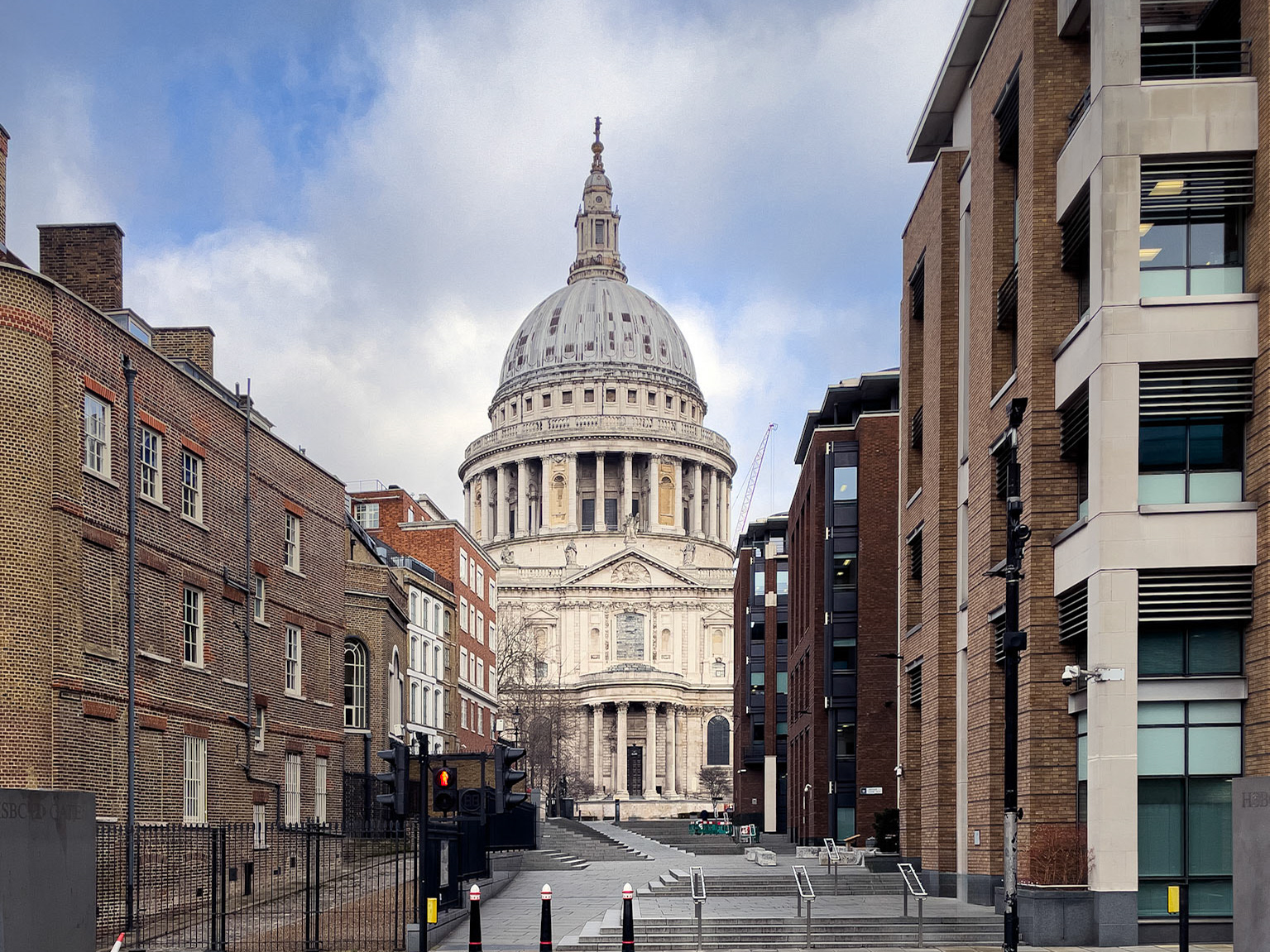
St Paul's Cathedral
London
1675 - 1711
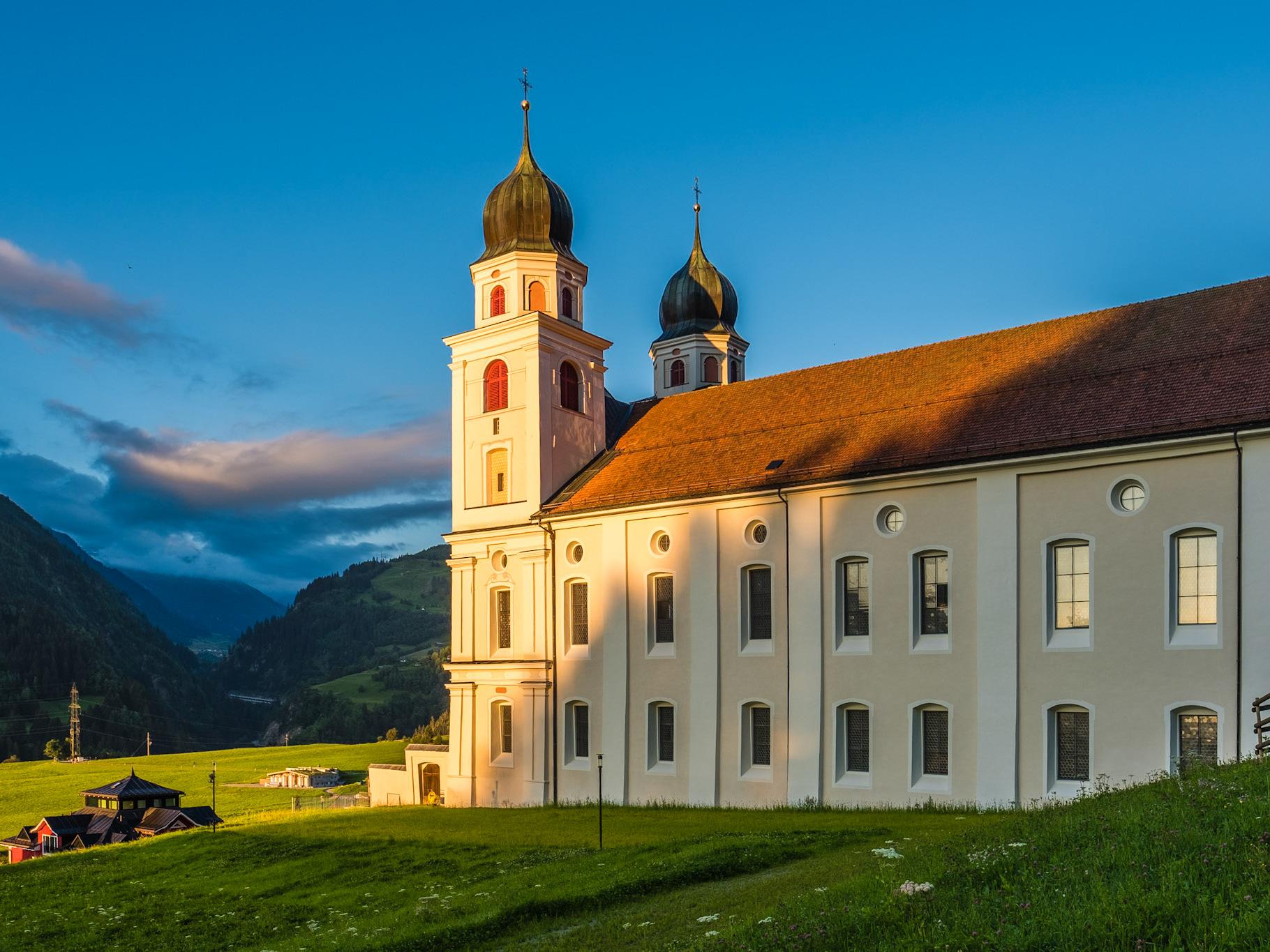
Kloster Disentis
Disentis
1683 - 1704
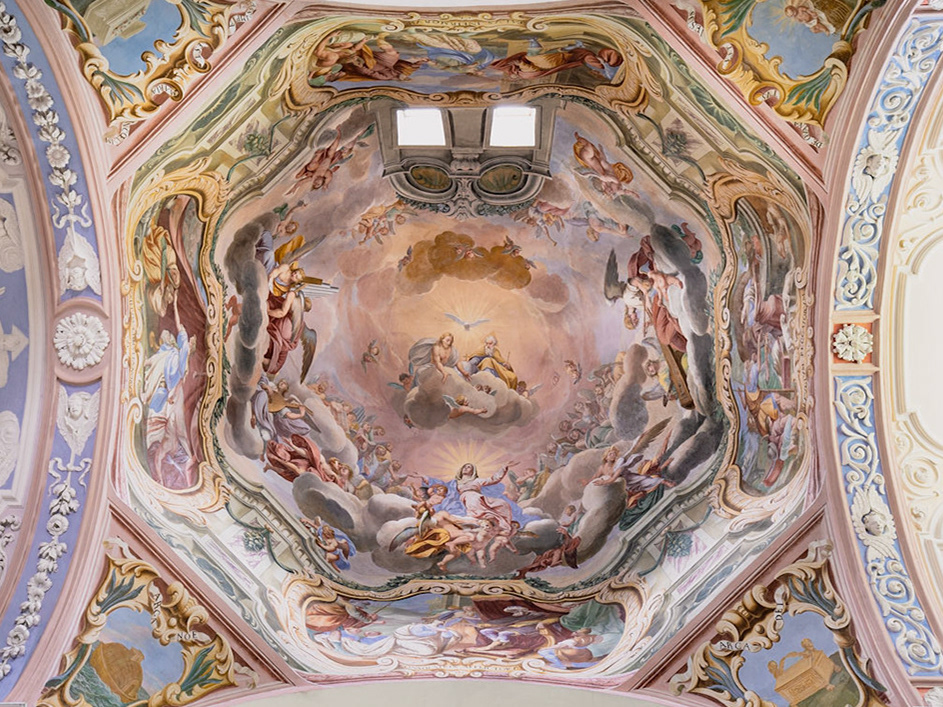
Chiesa di Santa Maria Assunta
Poschiavo
1692 - 1709
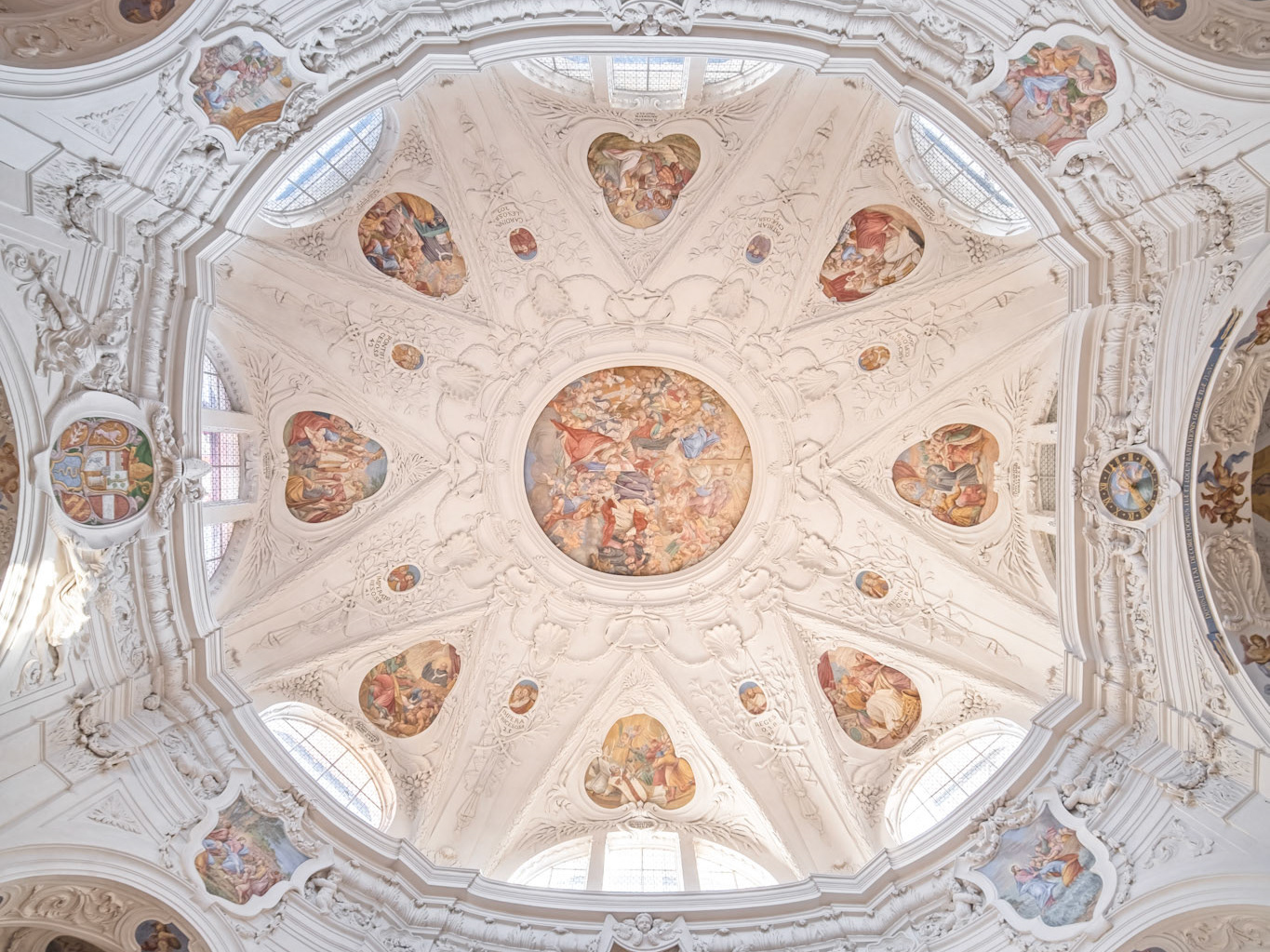
Kloster Muri
Muri
1694 - 1697
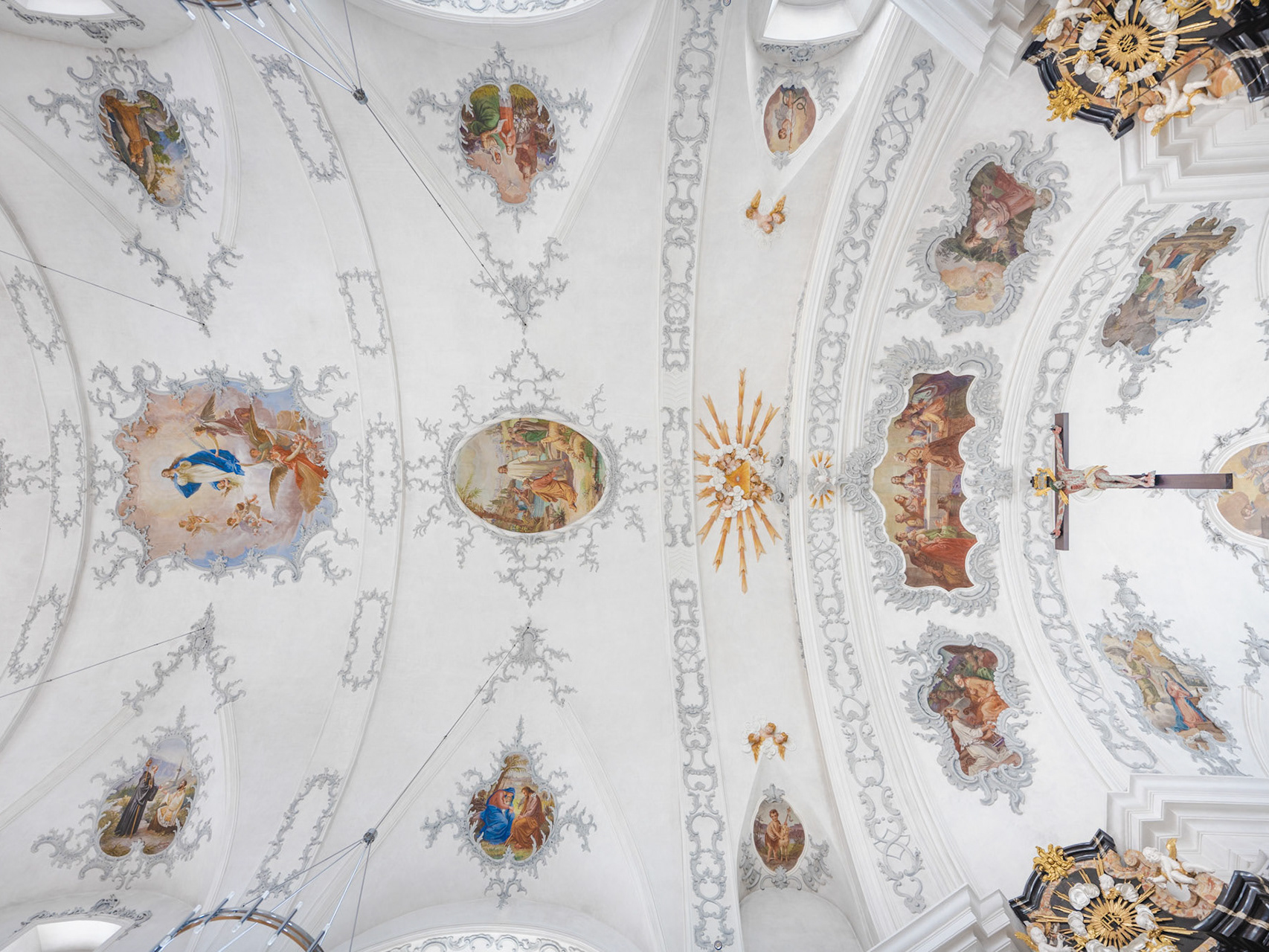
Pfarrkirche St. Peter und Paul, Andermatt
Andermatt
1602

Abbatiale de Bellelay
Saicourt
1710 - 1714
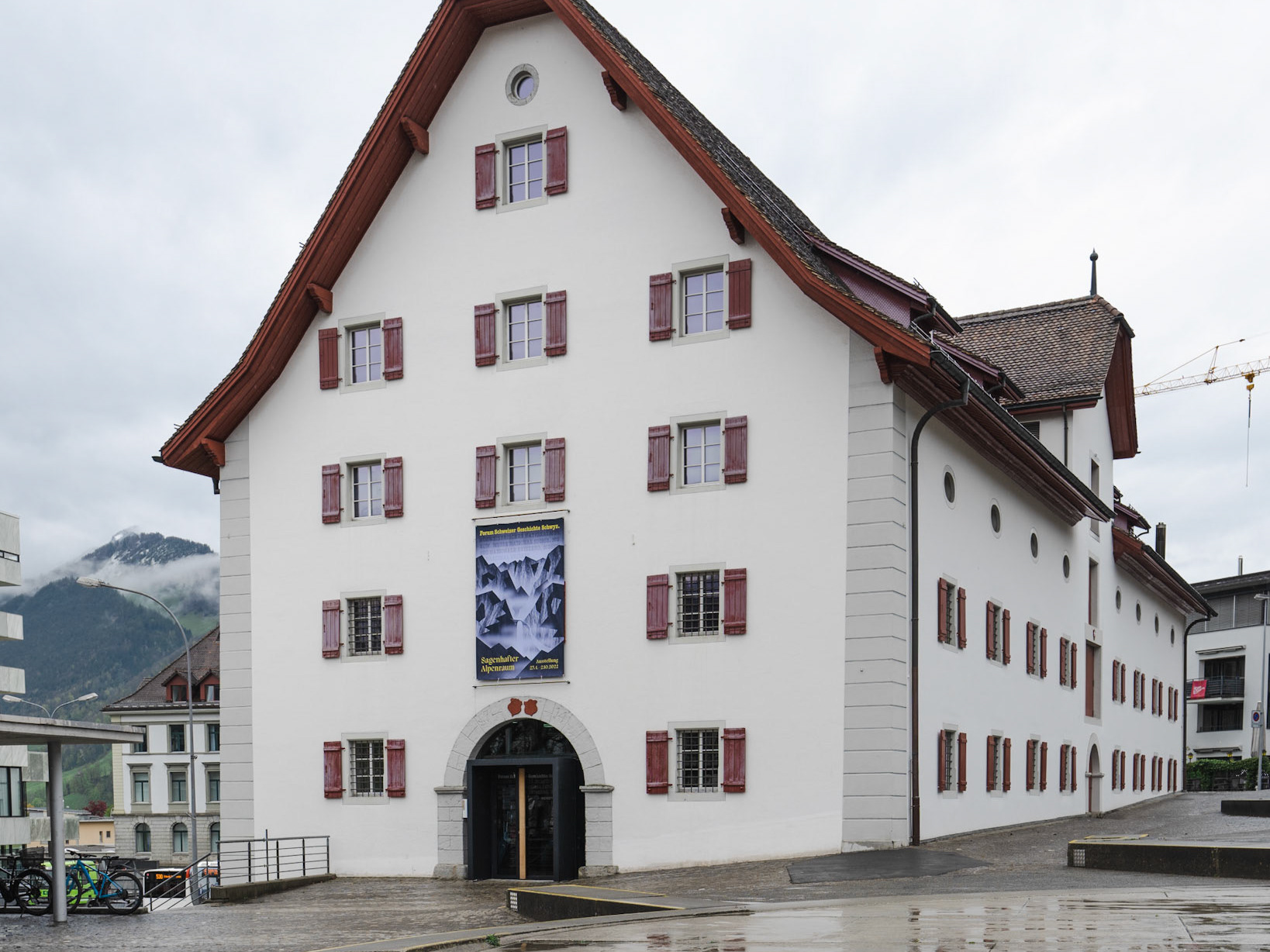
Forum Schweizer Geschichte
Schwyz
1711, 1995
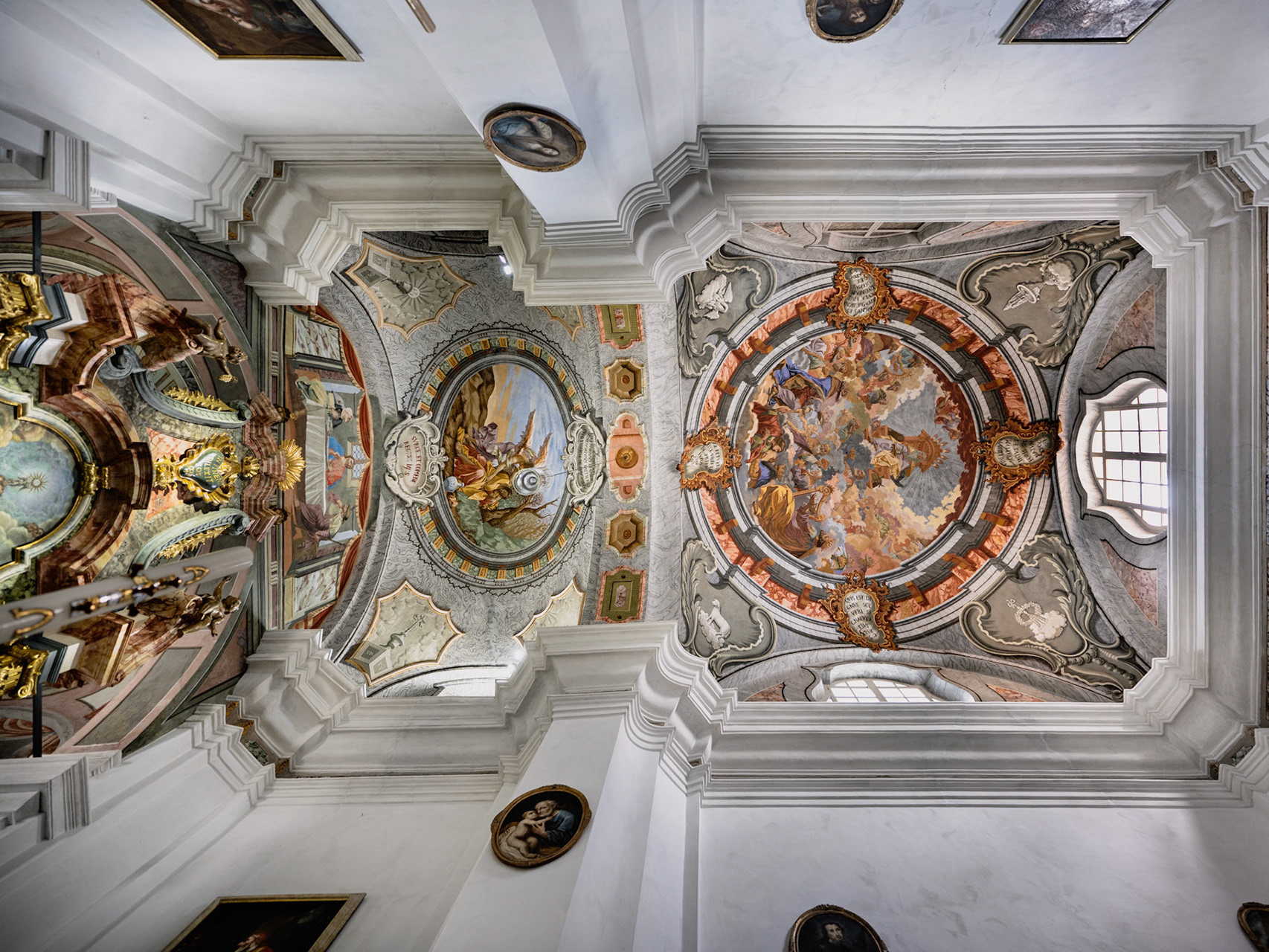
Oratorio di Sant'Anna
Poschiavo
1732
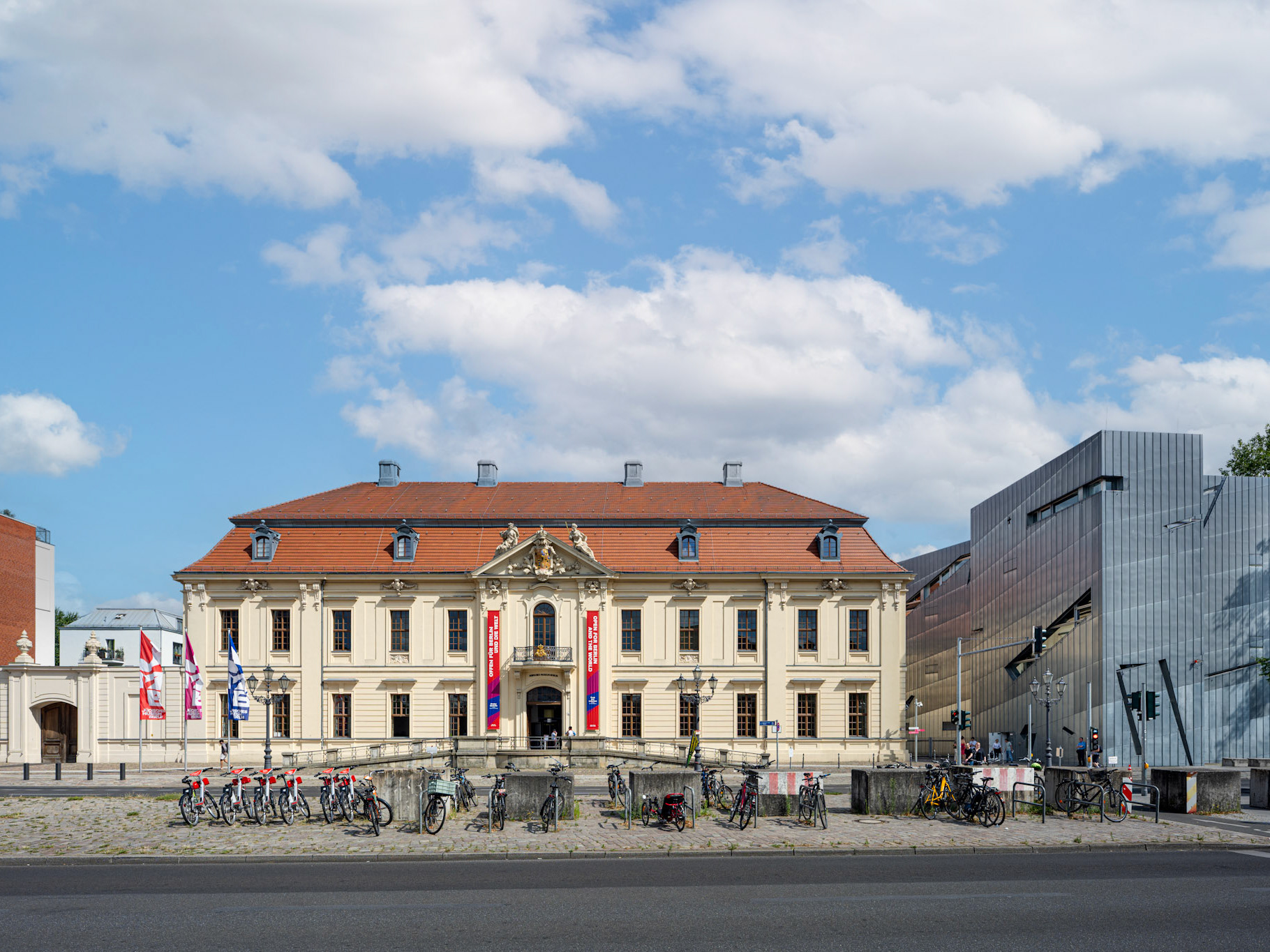
Jüdisches Museum Berlin
Berlin
1735, extension 1999
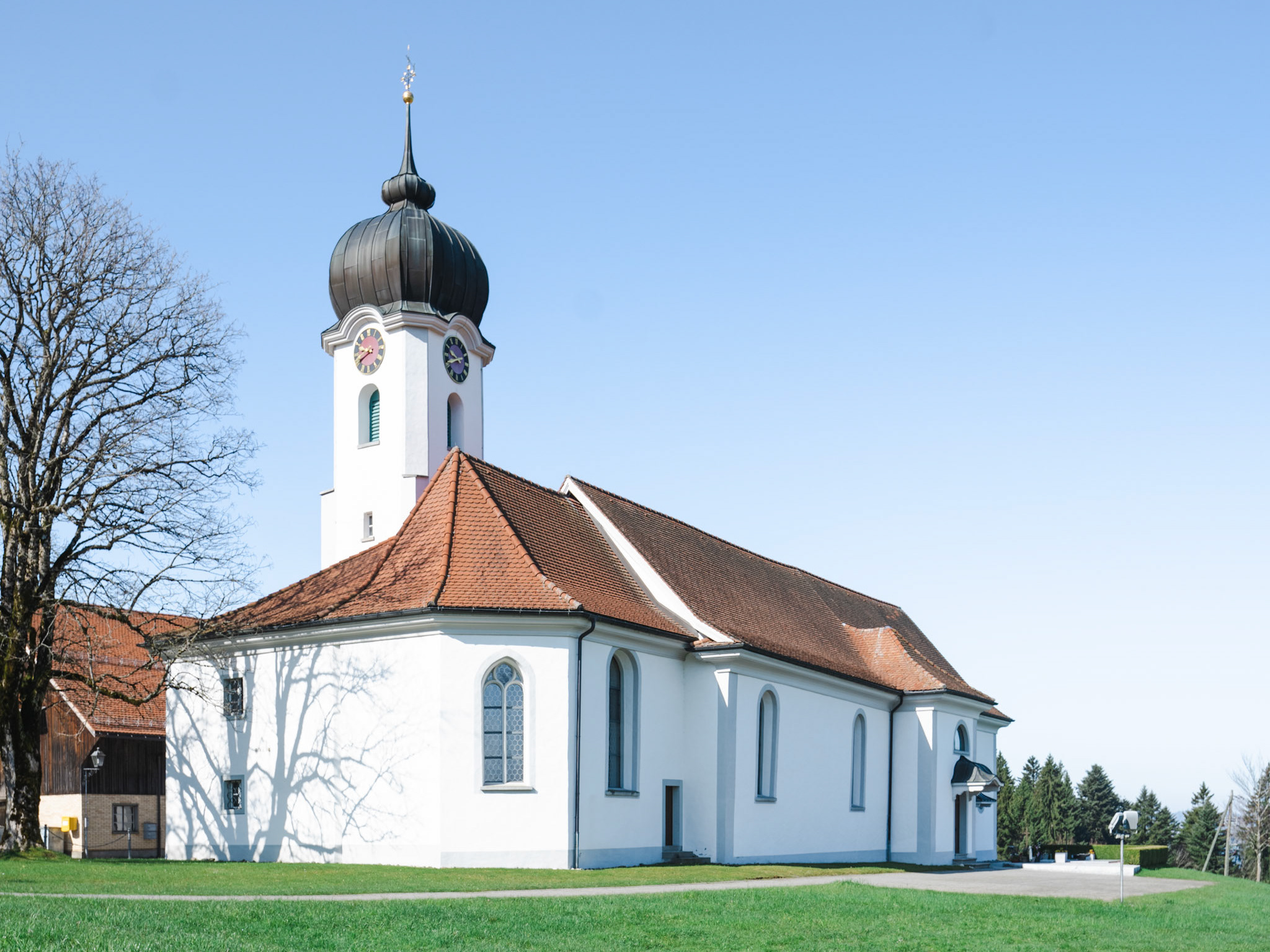
Wallfahrtskirche Heiligkreuz
Hasle
1588, redesigned in 1753
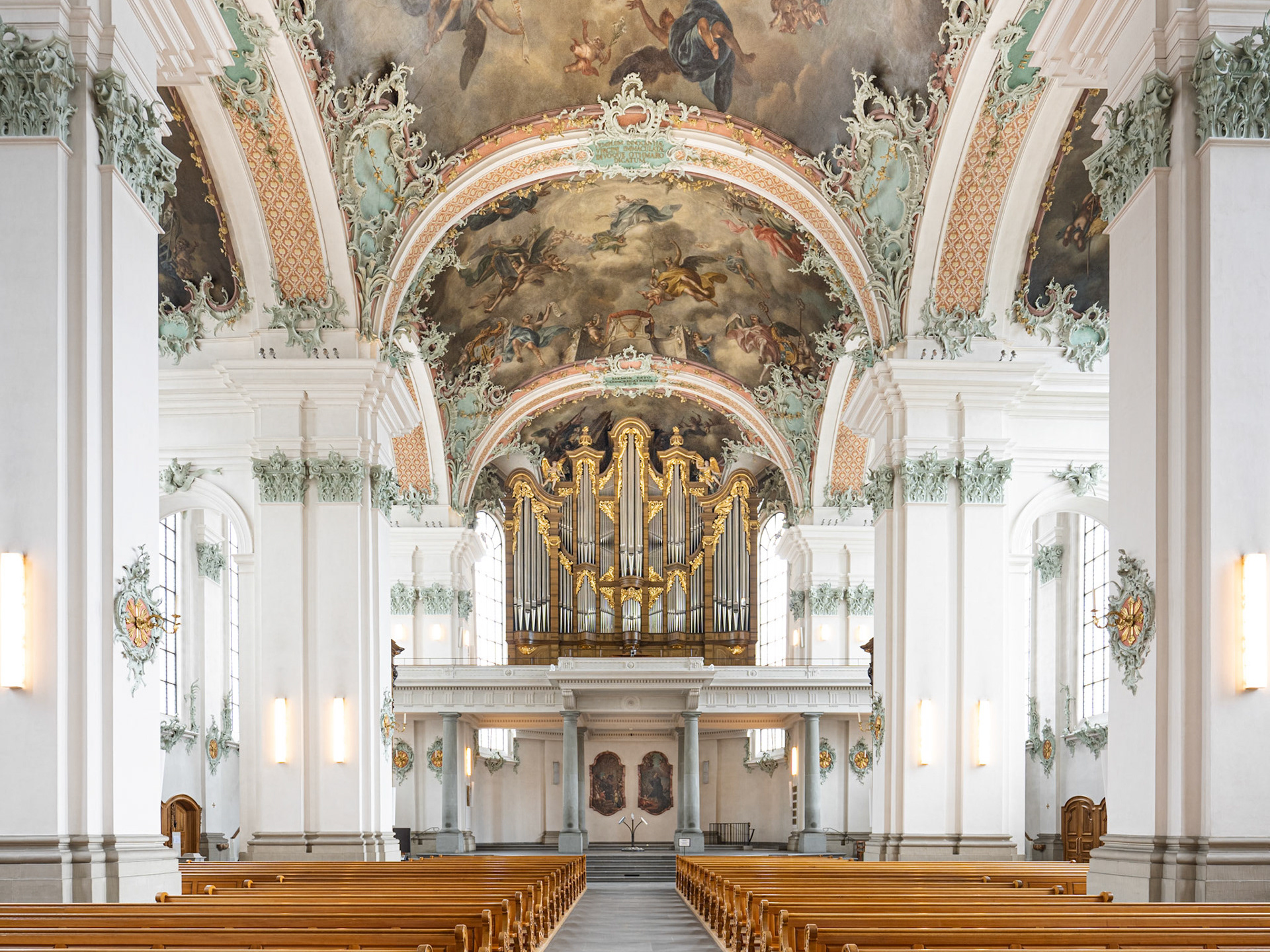
Stiftskirche St. Gallus und Otmar
St. Gallen
1755 - 1767
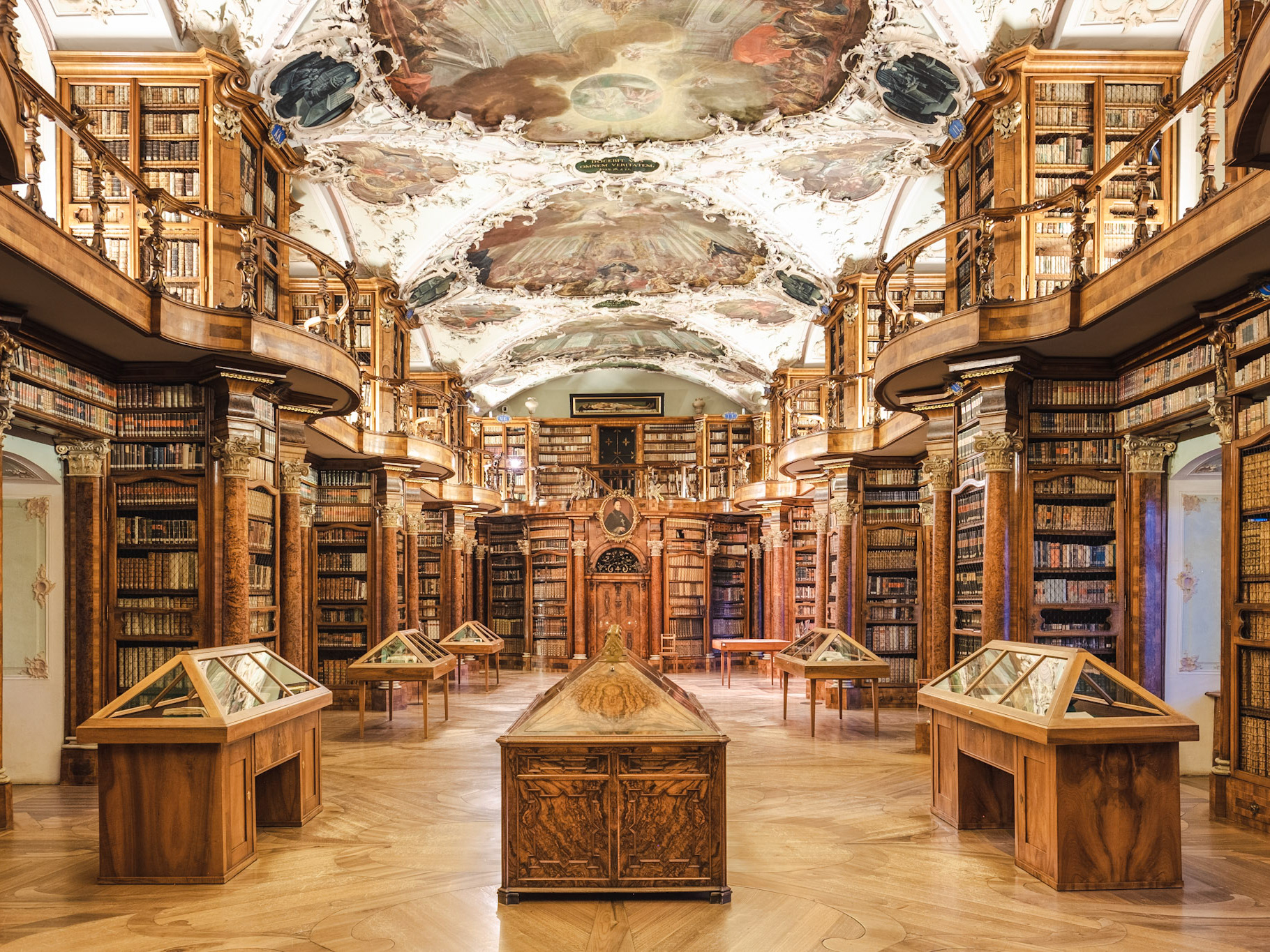
Stiftsbibliothek St. Gallen
St. Gallen
1758 - 1762
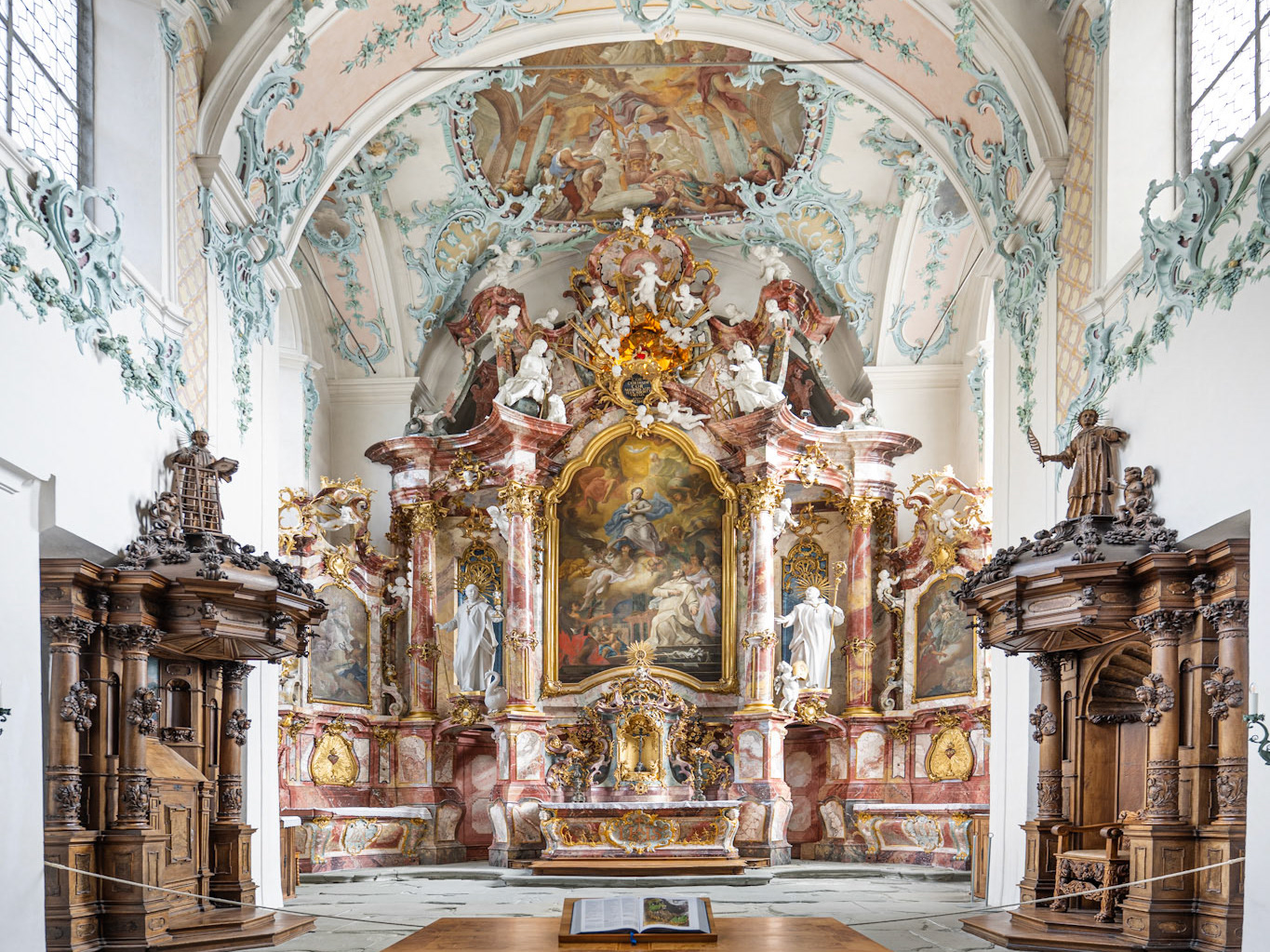
Ittinger Museum
Kartause Ittingen
1763 - 1767
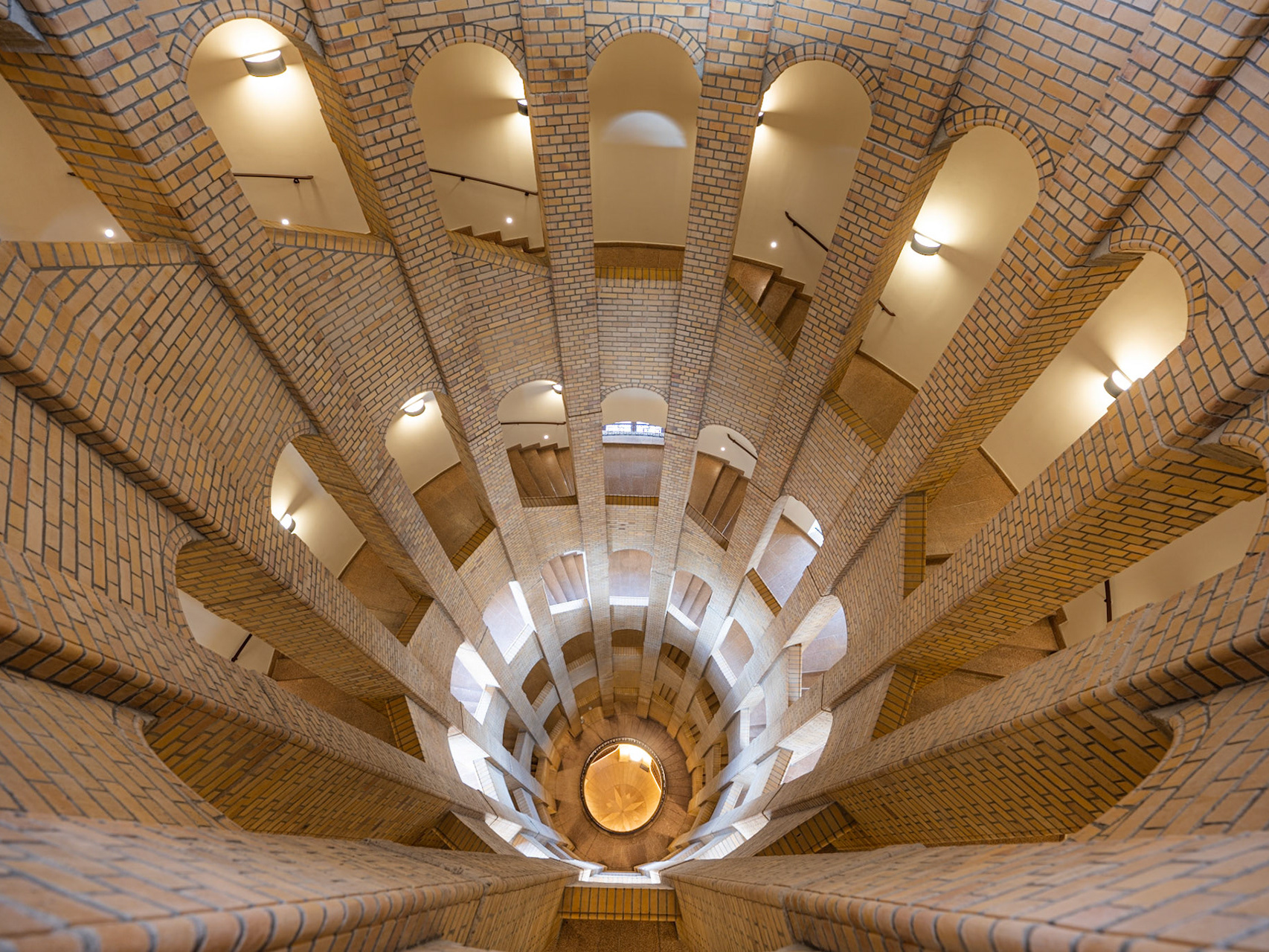
Französischer Dom
Berlin
1780 - 1785

Rundkirche Saas-Balen
Saas-Balen
1809 - 1812